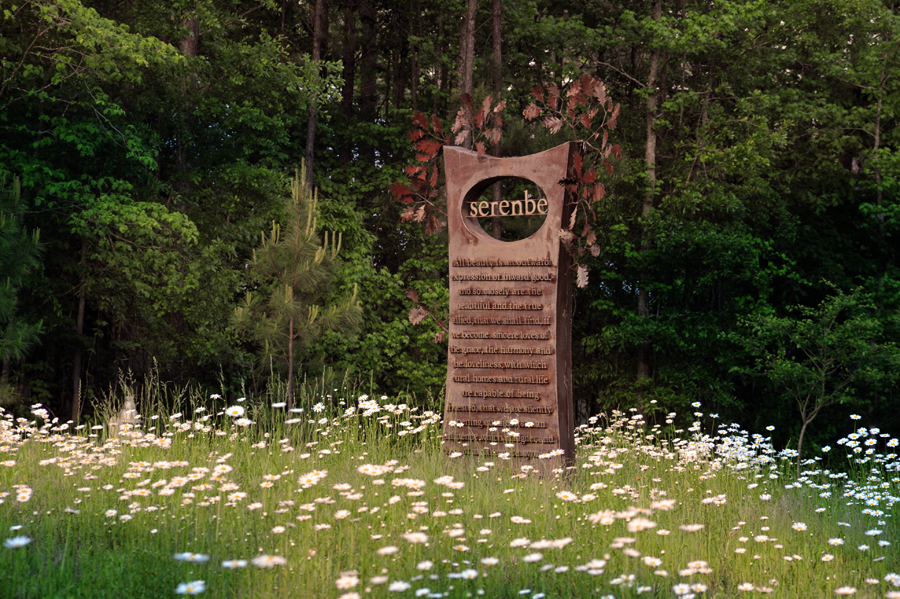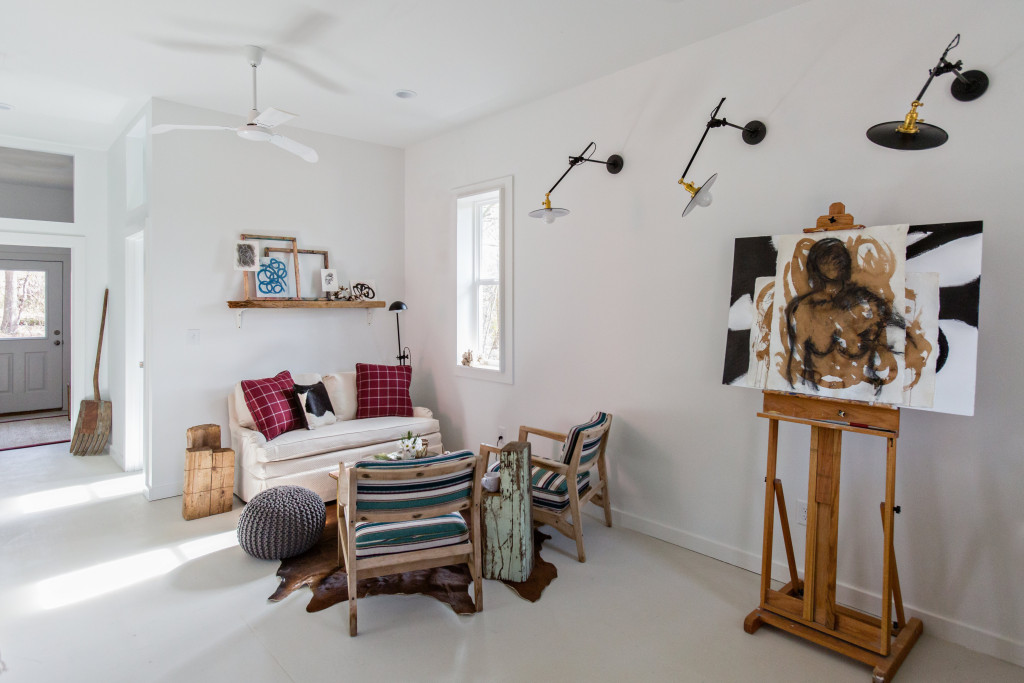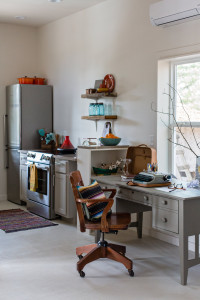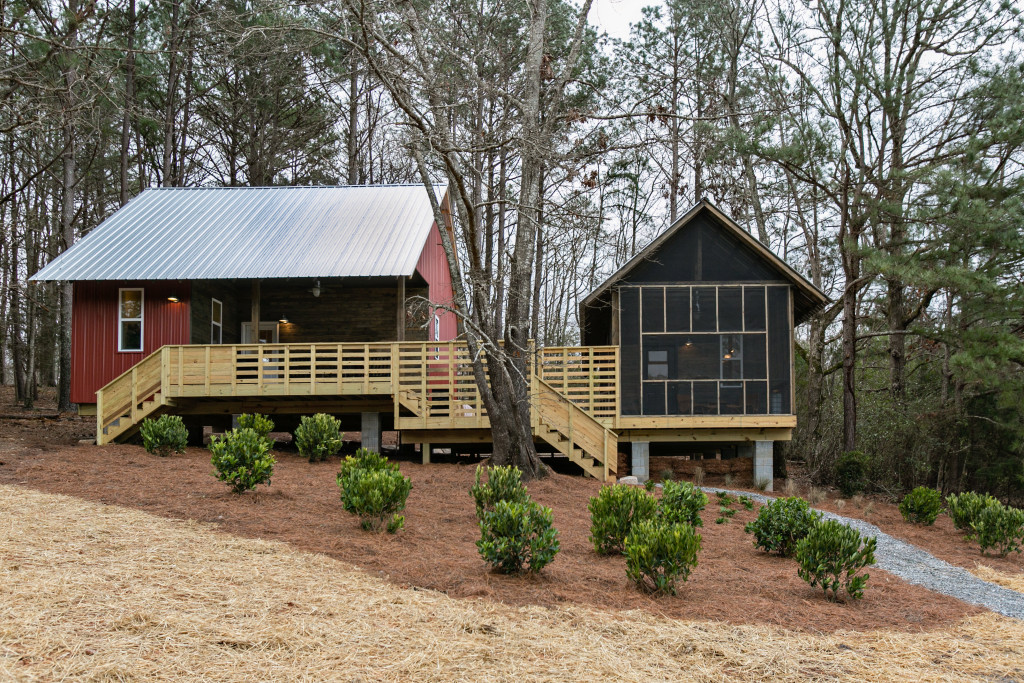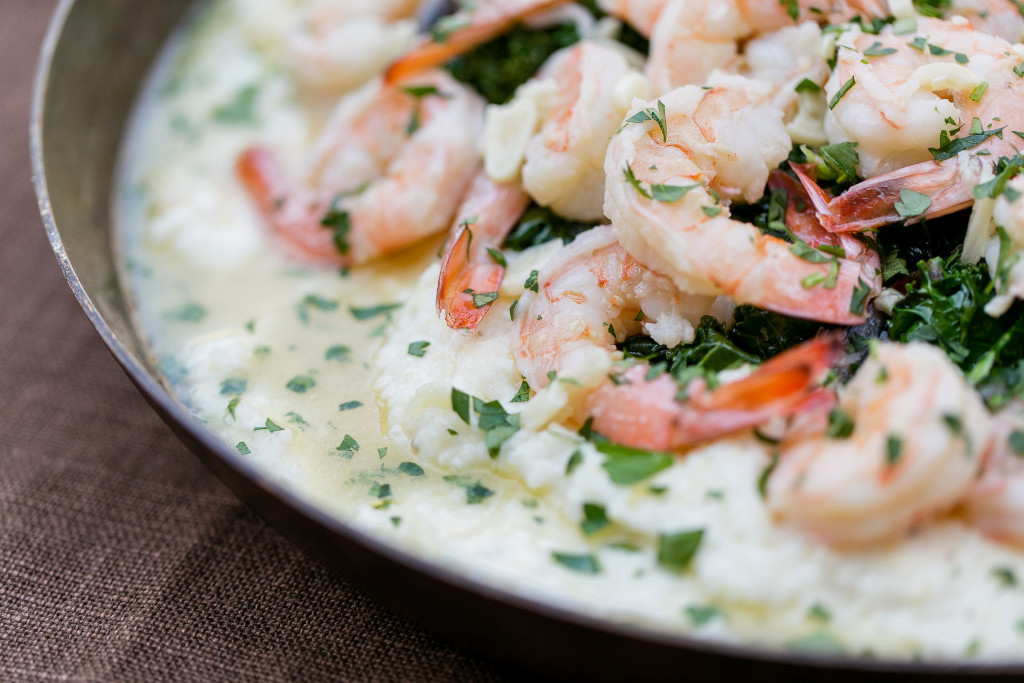Batter Up: Making Scratch Pancakes For The Home Team
Written by Marie, Posted in Miscellaneous
 The last little chick is officially back in the nest.
The last little chick is officially back in the nest.
Kara and Micah packed up and left Seattle a few weeks ago, starting a glorious cross-country trip that ended at their new home in Serenbe.
They texted gorgeous pictures from Zion National Park in Utah, where Kara hiked five miles in her fifth month of pregnancy. They explored Santa Fe and crossed paths in Texas with Micah’s mother, Kristen, who was on her way to Joshua Tree. Kara reconnected with a sorority sister in Austin then they drove to New Orleans where they had beignets at Café du Monde, a muffaletta at Central Grocery and a fantastic meal at Peche.
After they arrived at Serenbe, Micah looked around and said, “This isn’t a visit. We’re actually going to live here.” They have a house in the Grange hamlet.
Steve and I decided that, now that all three girls are home, we’ll start having family dinner every Sunday night. Since Gerry Klaskala was here for the Southern Chefs Series on the first Sunday night after Kara and Micah’s arrival, I did a family breakfast instead. Ever since they started having sleepovers, the girls have loved a pancake breakfast. It was the one time Steve got in the kitchen.
I cracked open my 1956 edition of Joy of Cooking and flipped to my favorite pancake recipe. What makes 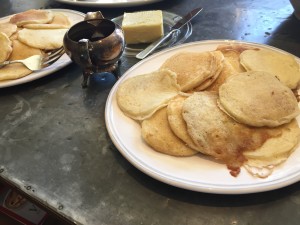 it special is that you separate the eggs and whip the egg whites to make a better batter. After everything’s been sifted and whipped, all you need is a hot griddle — I prefer a cast-iron skillet — maple syrup and good butter.
it special is that you separate the eggs and whip the egg whites to make a better batter. After everything’s been sifted and whipped, all you need is a hot griddle — I prefer a cast-iron skillet — maple syrup and good butter.
We are complete now. People ask me all the time: How did you get all your kids to come home? And I usually say with a smile: You build a town and your kids might want to live there, too.
In all seriousness, the girls generally do like to hang out with us and it’s ultimately the most gratifying thing in the world that they want to live and work here.
Of course, the little boy in ever-growing belly makes it all the more special. Steve and I just look at one another and say, oh my God, we’re going to be grandparents. Every chance I get, I lean down and say, hello baby boy. I want him to know my voice.
And soon enough, there’ll be a brand new chick in the nest.
Pancakes, Griddle or Batter Cakes
- Courtesy of Joy of Cooking, circa 1956
- Makes about 14 four-inch cakes
- Sift before measuring:
- 1 ½ cups all-purpose flour
- Resift with:
- 1 teaspoon salt
- 3 tablespoons sugar
- 1 ¾ teaspoons double-acting baking powder
- Beat lightly:
- 1 or 2 eggs
When using 2 eggs, you may separate them. Add the yolks to the milk mixture. Beat the whites until stiff, but not dry and fold them lightly into the blended batter, after adding the milk and butter.
- Add:
- 3 tablespoons melted butter
- 1 to 1 ¼ cups milk

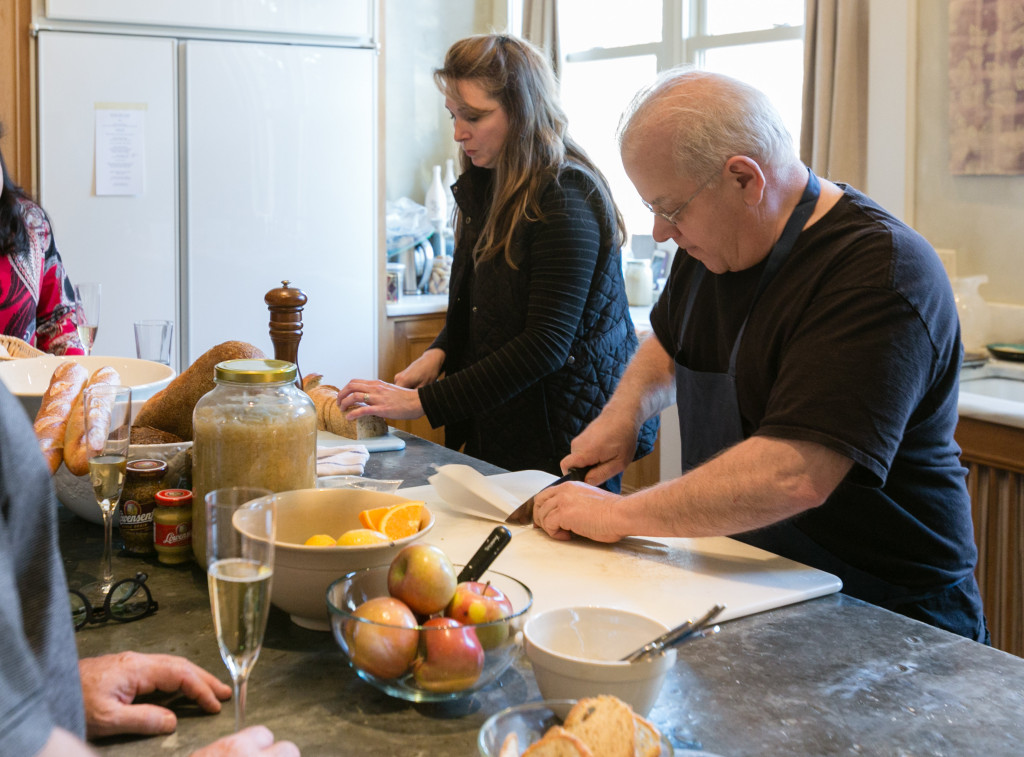
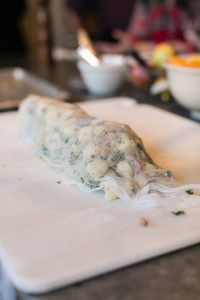
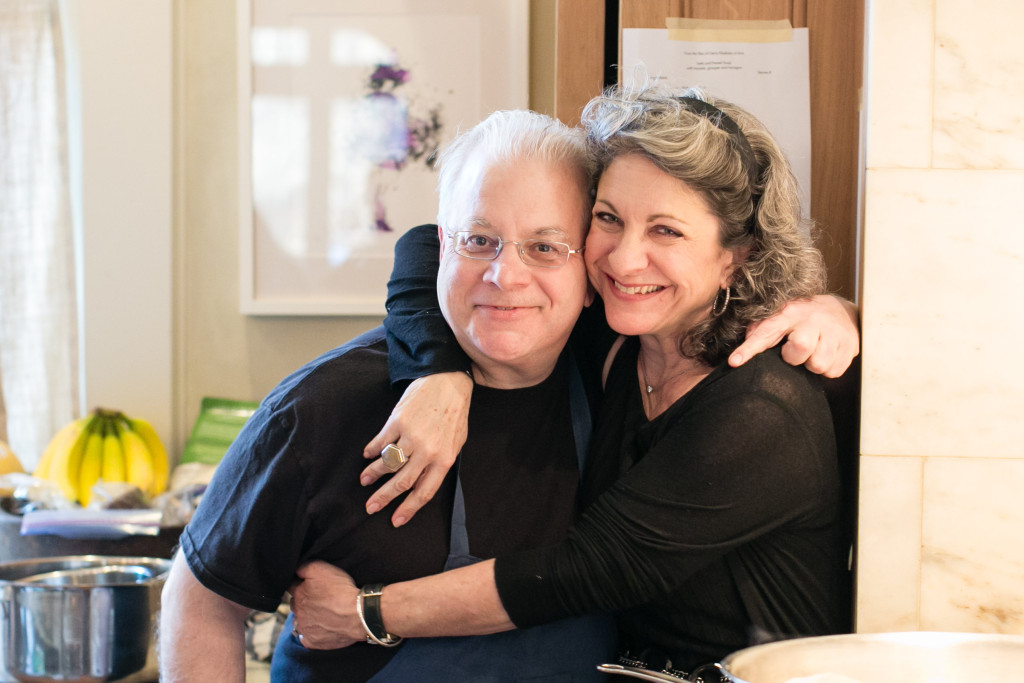
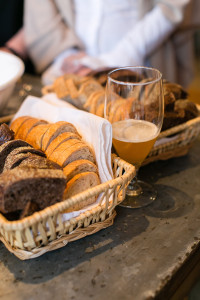
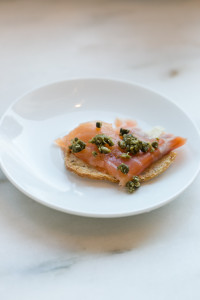
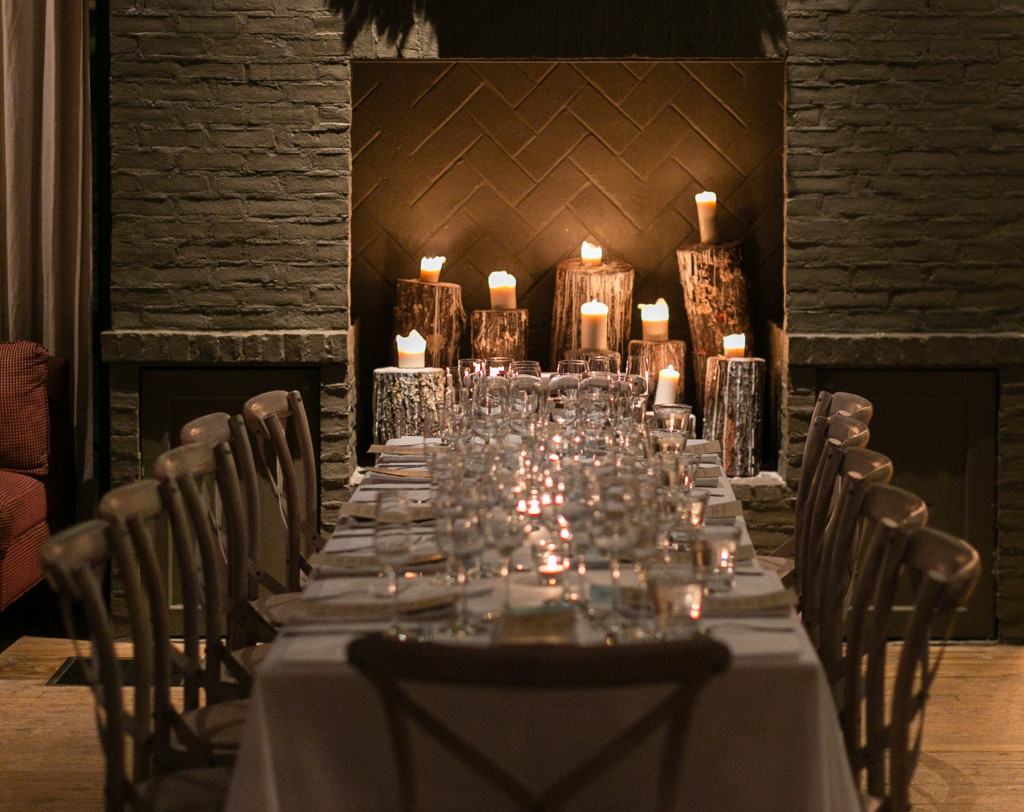


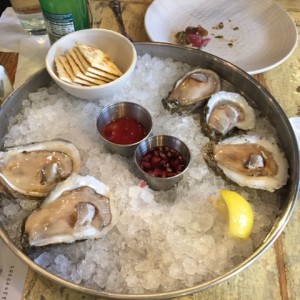 That night, as part of the conference, Steve had dinner at a private home cooked by John Besh. I was not invited and may have pouted about that a bit. I so enjoyed John when he visited for the
That night, as part of the conference, Steve had dinner at a private home cooked by John Besh. I was not invited and may have pouted about that a bit. I so enjoyed John when he visited for the 
